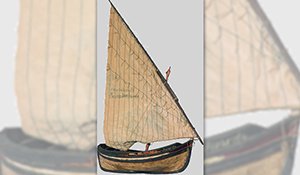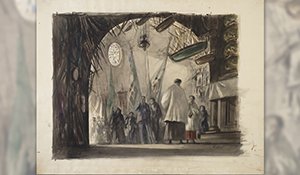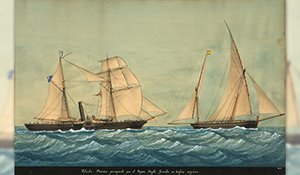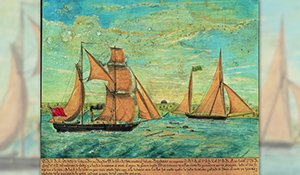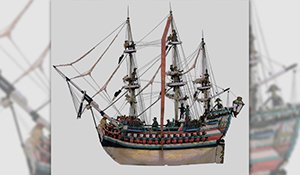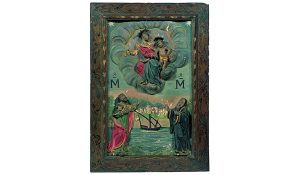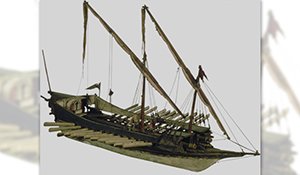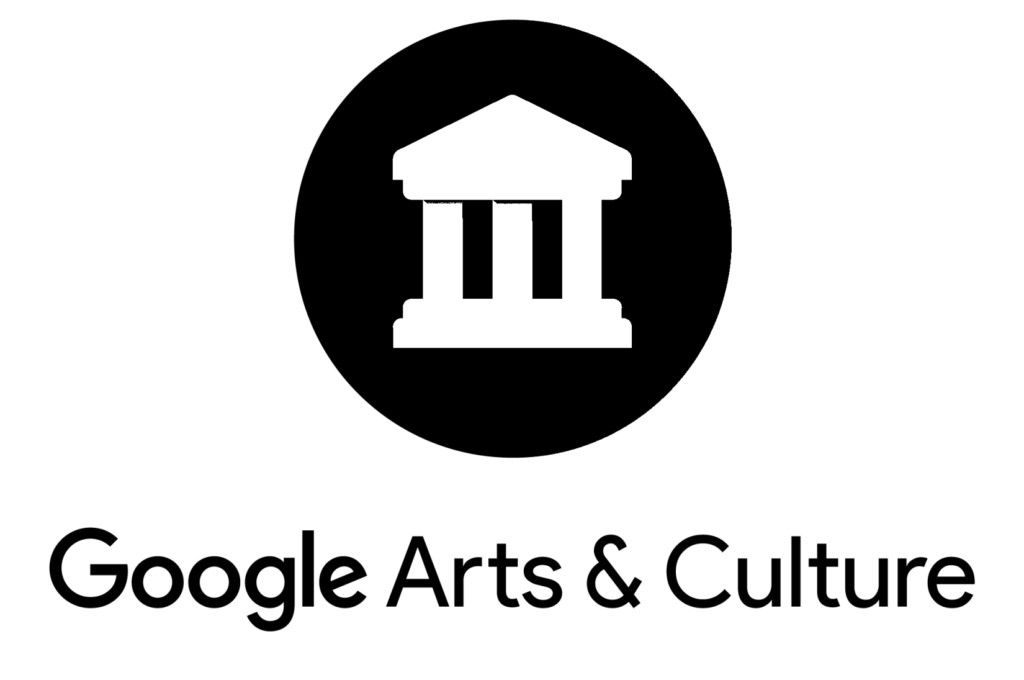Seafarers are especially exposed to dangers and death, and as a result they traditionally have a particular way of experiencing religion. Far from dry land and faced with life-or-death circumstances (storms, wrecks, fires, naval battles, etc.), in the past it was common for them to make a promise in exchange for their lives being saved. If God or one of his representatives (the Virgin Mary or a saint) helped them to overcome the difficulty at hand, the sailor or passenger would often promise to visit a certain church and bring an object as a gift and a token of thanks. Generally, this gift was a small model or a painting representing the danger they had faced, but it might also be an oar, a life preserver or any other sort of object, like a photograph.
Such pieces are known as “ex-votos”, and in spite of their varied forms, they always represent the same thing: fear, the beliefs of seafarers, religiousness and how people who lived in an unpredictable and unforgiving environment viewed life. The Maritime Museum of Barcelona conserves a wide variety of such objects, and besides their historical or sentimental value, they provide a great deal of information on ships and navigation. Often, they are rare representations of ships we know little about, which makes them extremely valuable documents (for example, a model of a 16th-century galley or an 18th-century xebec).





